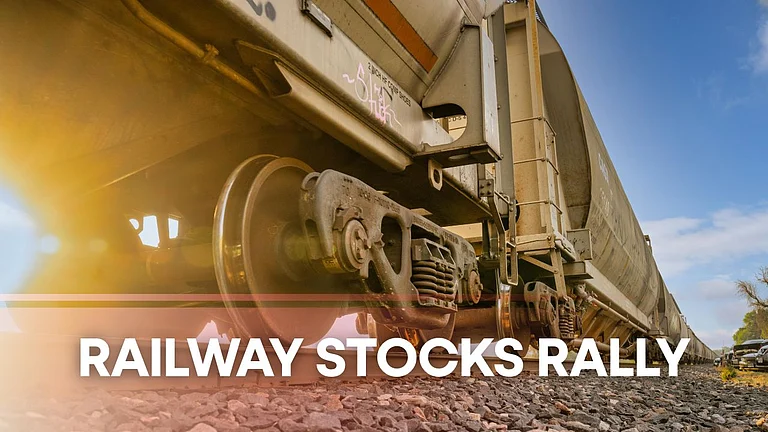The broad idea for investment is to get risk-adjusted returns. How can one assess risk, especially in the debt space?
Every market will have periods when risk levels are very high. But there are times when risk levels may seem high but are not. Let me give you an example from the equity perspective. In April 2020, risk seemed very high, but it wasn’t. Similarly, during periods like 2007 or 2018, it seemed there was no risk (but that was not the case). Even now, people think there is no risk in equity, but the actual level of risk is high.
There are points in time when people become complacent and think that risks are low, but the underlying aspects are probably changing and, therefore, you need to assess the risk accordingly.
The IL&FS crisis was a big lesson for investors. How can investors avoid falling into such situations?
Before the IL&FS crisis, investors and distributors were looking only at (higher) yield to maturity (YTM), without questioning the portfolio quality. At that point of time, we thought we should not look at YTM but risk in the portfolio. It was a difficult period for us as it was difficult to justify lower YTMs in the portfolio compared to our peers. When the tide turned, then investors started to understand that risk is as important as return. This went on till 2020 when investors only talked about risk on credit; they did not understand then that there was a lot of money to be made. Investors were bothered about risk though risk had come down substantially after the Reserve Bank of India (RBI) cut rates and infused liquidity. Risk had come down significantly even globally, given ample fiscal stimulus. That was the period when risk could be taken on credit side.
There are periods when you need to be in the first gear, and periods when you need to shift in second, third or fourth gears. Most people make mistakes on this aspect when it comes to investing. If you do this exercise properly, your risk-adjusted return would be better than benchmark returns and peers.













